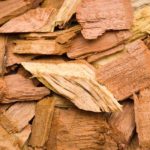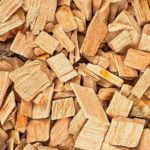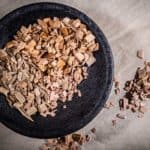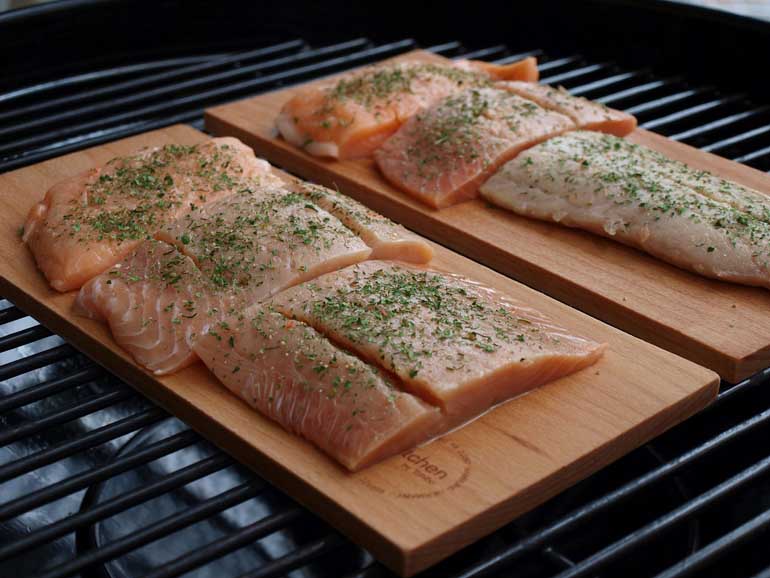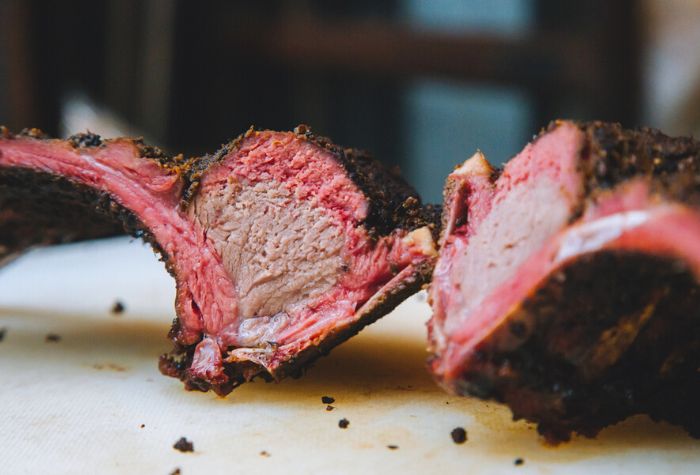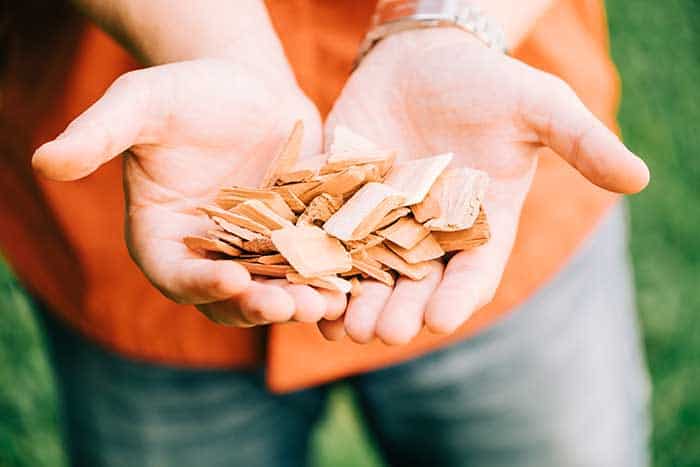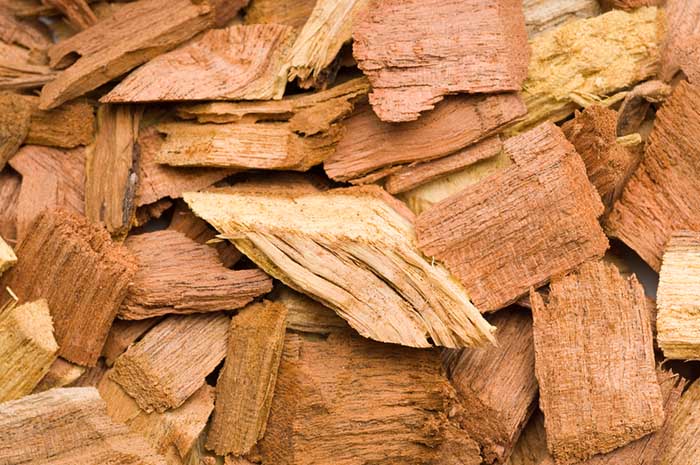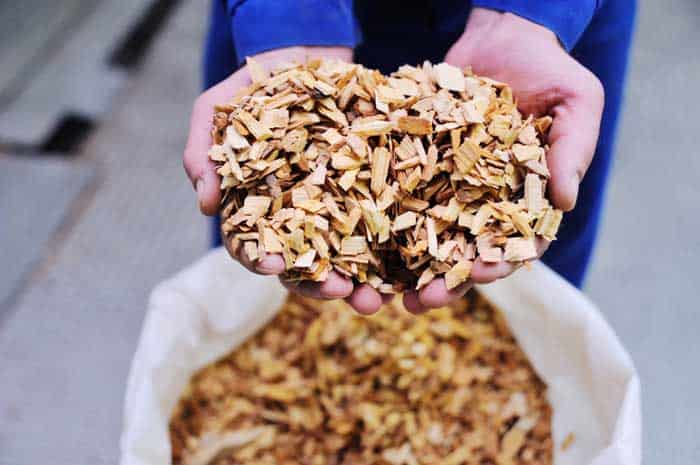Plum smoking wood offers a unique blend of mild, fruity flavors to smoked meat with its slow burn and distinct aroma. Discover how to upgrade your backyard barbecue with this hardwood gem.
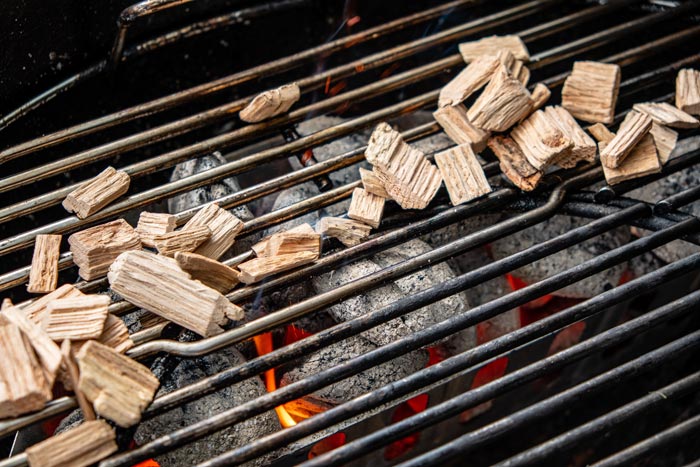
You’ve tried oak, walnut, and hickory in the smoker and are looking to branch out a little but don’t know where to start? When it comes to choosing a new wood for your smoker, it helps to know what characteristics make a particular wood suitable (or unsuitable) for the job.
Plum wood is slow-burning with a mild, fruity flavor profile that works well with a variety of meats. This overview will tell you everything you need to know about using plum wood for smoking.
What is Plum Wood?
The wood from the plum tree is a hardwood that is typically light in color. There are many different types of plum trees, and the wood from each one has slightly different characteristics. Plum wood that is often used for smoking comes from the following trees:
- Japanese Plum: the wood from this tree, which is native to Japan and Korea, has a sweet, fruity flavor that works well with poultry and pork.
- European Plum: the flavor of this plum wood is more tart than that of the Japanese plum, making it a good choice for beef and lamb.
- Wild Plum: native to North America, this plum tree has wood with a strong flavor that is best used in moderation.
Plum wood is relatively inexpensive, which makes it a good option if you have a limited budget for smoking; however, it is not as easy to find as apple or cherry wood. Plum wood tends to be more widely available in pellet form than in chips or chunks.
Plum Wood Characteristics
While plum wood might not be the most popular wood on the market, it does have a lot going for it. As is the case with cherry wood and peach wood, plum wood imparts a flavor that is reminiscent of its fruit.
- Mild Flavor: Plum wood has a mild, sweet flavor that works with many different types of meat. If you are looking for something similar to, but more mellow than hickory, plum wood might be the solution.
- Aromatic: It produces a pleasant smoke that enhances the flavor of the food and also results in a nice smoke ring (a dark ring that forms around the outside of the meat)
- Slow-Burning: Because plum wood is a hardwood, it burns evenly for a long period of time
How to Use Plum Wood for Smoking
Make sure that the plum wood you plan to use is properly seasoned (has been dried in a well-ventilated area for 6-12 months) and free of sap, fungus or mold. If your wood isn’t properly dried and seasoned, it can produce excess smoke that will make your food taste bitter, as well as more of a harmful byproduct of combustion called creosote.
In the case of plum wood, moderation is key; if you use too much, your meat can take on too much sweetness. A good guideline is a pound of plum wood for every three pounds of meat.
Best Meats to Smoke Using Plum Wood
Because of its mild flavor and slow-burning nature, plum wood can work with a lot of different meats.
- Poultry: plum wood works well with chicken and turkey because the mild flavor of the smoke doesn’t overpower the delicate flavor of the meat
- Pork: plum wood will add a subtle sweetness to the rich flavor of pork
- Beef: if you are smoking beef, you want to be sure not to use too much plum wood as this will make the beef taste too sweet. If you are planning on using your beef in a dish with other strong flavors, this is less of a concern.
- Lamb: As with pork, plum wood adds a subtle sweetness that works well in smoked lamb that is to be used with dishes such as curry or tagine
- Seafood: while plum wood can be used to smoke fish, shrimp or mussels, remember that a little goes a long way
